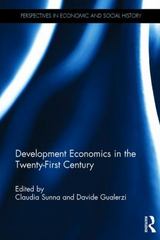Answered step by step
Verified Expert Solution
Question
1 Approved Answer
PLEASE HAVE YOUR ANSWER, FORMULA, AND GRAPH ON THE PAPER, SO I CAN UNDERSTAND. Thank you. ECNHIE Summer 223 3] Donnie knows that his preferences
PLEASE HAVE YOUR ANSWER, FORMULA, AND GRAPH ON THE" PAPER", SO I CAN UNDERSTAND. Thank you.



Step by Step Solution
There are 3 Steps involved in it
Step: 1

Get Instant Access to Expert-Tailored Solutions
See step-by-step solutions with expert insights and AI powered tools for academic success
Step: 2

Step: 3

Ace Your Homework with AI
Get the answers you need in no time with our AI-driven, step-by-step assistance
Get Started


